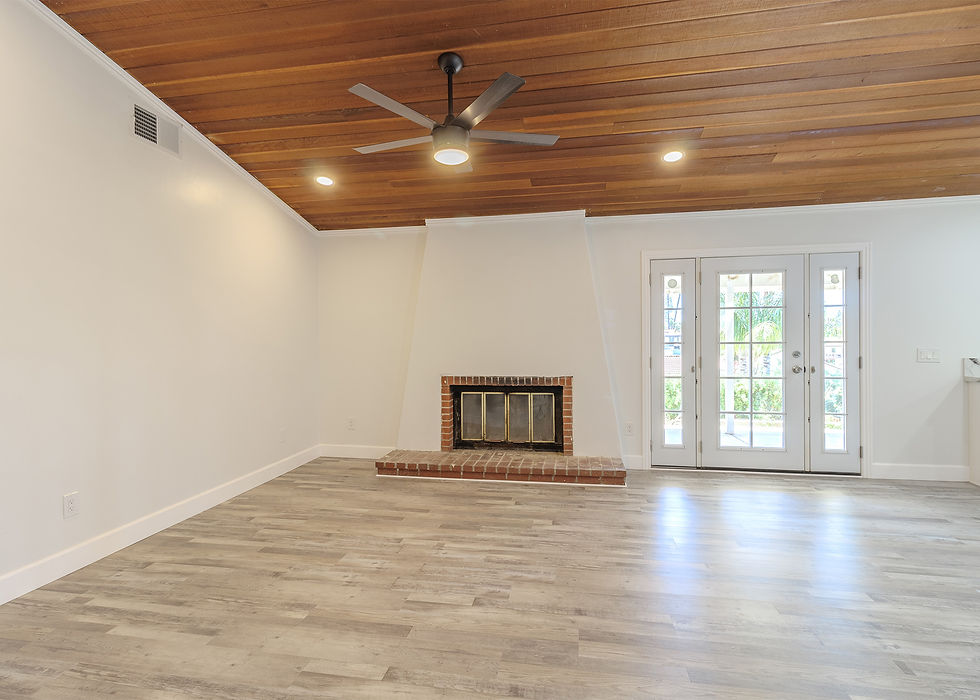5 Things Most People Don’t Know About Real Estate Photography
- My Good Side Media

- Sep 5
- 2 min read
When you scroll through home listings, it’s easy to spot which ones were shot by a pro. The lighting looks natural, the spaces feel inviting, and every detail seems to tell a story. But behind those polished photos is a careful process that many people don’t realize. Here are five little-known facts about real estate photography that can help sellers and agents make smarter decisions when preparing a home for the market.

1. The Camera Sees Differently Than the Human Eye
When you walk into a room, your eyes automatically adjust to light and depth. A camera, however, doesn’t have that same flexibility. That’s why photographers use wide-angle lenses and exposure blending (called HDR) to balance bright windows with darker corners. The result: images that look more like what your brain sees in real life.

2. Morning and Evening Light Can Make or Break a Shot
Photographers often plan shoots around the “golden hours”—early morning or late afternoon—when sunlight is softer and more flattering. Midday sun can cast harsh shadows or wash out colors, while twilight photography (just after sunset) can make exterior shots glow with warmth and ambiance.

3. Staging Matters as Much as the Photos Themselves
Photography captures whatever is in front of the lens. That means a cluttered countertop, mismatched furniture, or poor lighting will show up in every shot. Even small adjustments—like opening blinds, removing personal items, or adding fresh flowers—can transform a space before the camera clicks.

4. Drones Aren’t Just for Show
Aerial photography isn’t only about dramatic sky shots—it’s also practical. Drone images can highlight a property’s lot size, proximity to parks, or a backyard’s layout. For buyers comparing multiple homes online, an aerial view provides valuable context they can’t get from ground-level photos alone.

5. Photos Influence Perceived Value
Studies show that homes with professional photography not only sell faster but are often perceived as more valuable. Why? Because buyers tend to assume that if a seller invests in high-quality marketing, they’ve also taken good care of the property. In other words, better photos create trust before a buyer even schedules a tour.

Takeaway
Real estate photography is about more than pretty pictures—it’s a blend of art, science, and strategy. The right photos don’t just document a space; they make people feel something about it. And in real estate, that emotional connection is what drives buyers to take action.
At Good Side Media, we help agents and sellers showcase properties at their absolute best, turning online views into real-world showings.



Comments